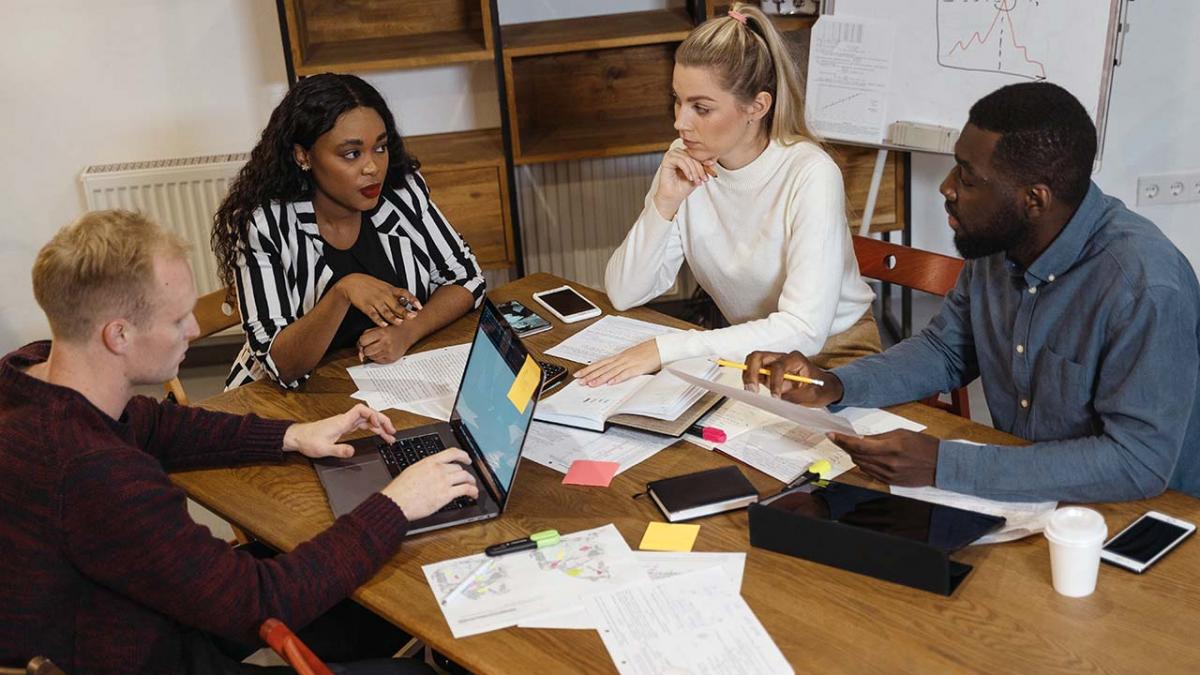Tima Miroshnichenko/Pexels
Have you ever heard someone say, “you have got to go slow to go fast?”
The first time I heard that, I was a little puzzled until it was explained. The person was talking about a community issue where a few people got together, decided what needed to be done and started to work on implementing a plan to address the issue. This sound good, right? But it did not end up being very successful. In fact, the project ran into all sorts of obstacles.
What that initial small group did not realize is that others in the community saw things differently and wanted to go down an entirely different path. But they were not included in the conversations and got a bit resentful that they were excluded.
Does this sound familiar? I bet it does!
It is just so easy for small groups to decide what needs to be done, jump in and not even think that there could be multiple ways to move ahead. One simple action that could have changed this outcome would have been to slow down a bit and ask, “who else needs to be a part of this discussion?” To some, this could have felt like an unnecessary step backwards or a way to stop the process. But perhaps this is the perfect example of how you need to go slow by increasing the number of people involved to ultimately go fast toward a successful venture.
Lots of community activities are being planned right now for this fall and winter. There seems to be this pent-up desire to get back to our seasonal routine. As events and activities are being planned, it is important to remember to think about who needs to be involved. One of the obvious benefits of getting a good cross-section of the community involved in planning is that you can often prevent activities being scheduled on top of each other, which can be a real frustration. The not-so-obvious benefit of having more people involved is that you have more ideas and more diverse perspectives which ultimately make activities more interesting for everyone! With more people involved in the planning you also see more people willing to roll up their sleeves and help get the work done in preparation to the event, and of course, they are also there to enjoy the event when it is held. That sounds like a “win-win” to me!
We have been talking about events but getting a mix of people involved at the grassroots community level is also important when community decisions need to be made. We all come with different experiences, expertise and insights which can help in the decision-making process. We need to hear diverse perspectives so that all options are clearly lifted up and the consequences of those decisions understood. It may seem that hosting informational meetings and town halls just take a lot of time, but the time spent on the front end with this kind of planning can reap huge dividends when a path is chosen, people are enthusiastic and want to help and the finished product is something that everyone enjoys and appreciates.
So yes, “go slow to go fast” sounds a bit odd but in practice at the community level, it can pay big dividends when you slow down and add more people with diverse interests to the planning process. It allows you to end up with something that skips over roadblocks and helps the process go fast during the implementation stage to ultimately benefit more people.
For more about Rural Prosperity Nebraska, visit ruralprosperityne.unl.edu.


